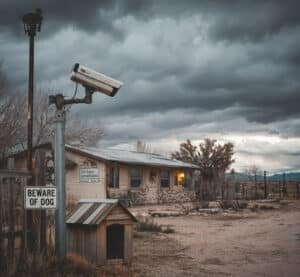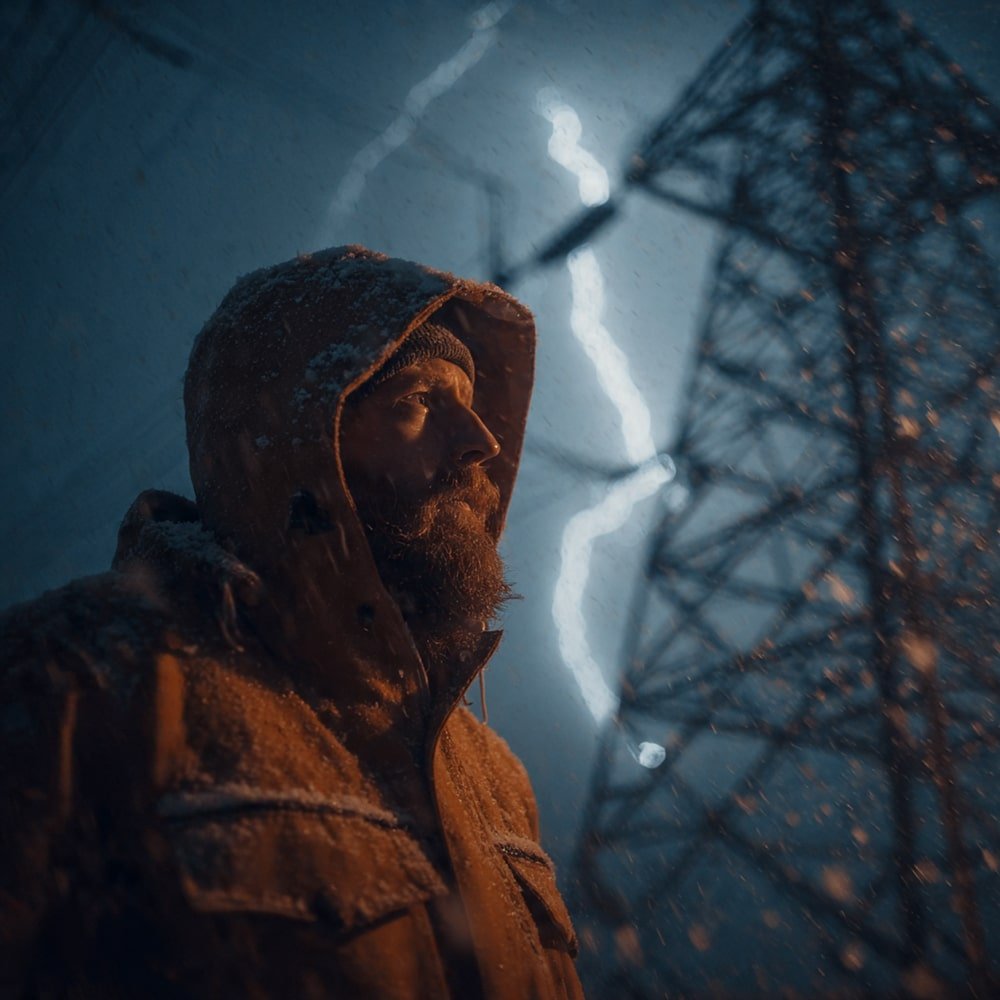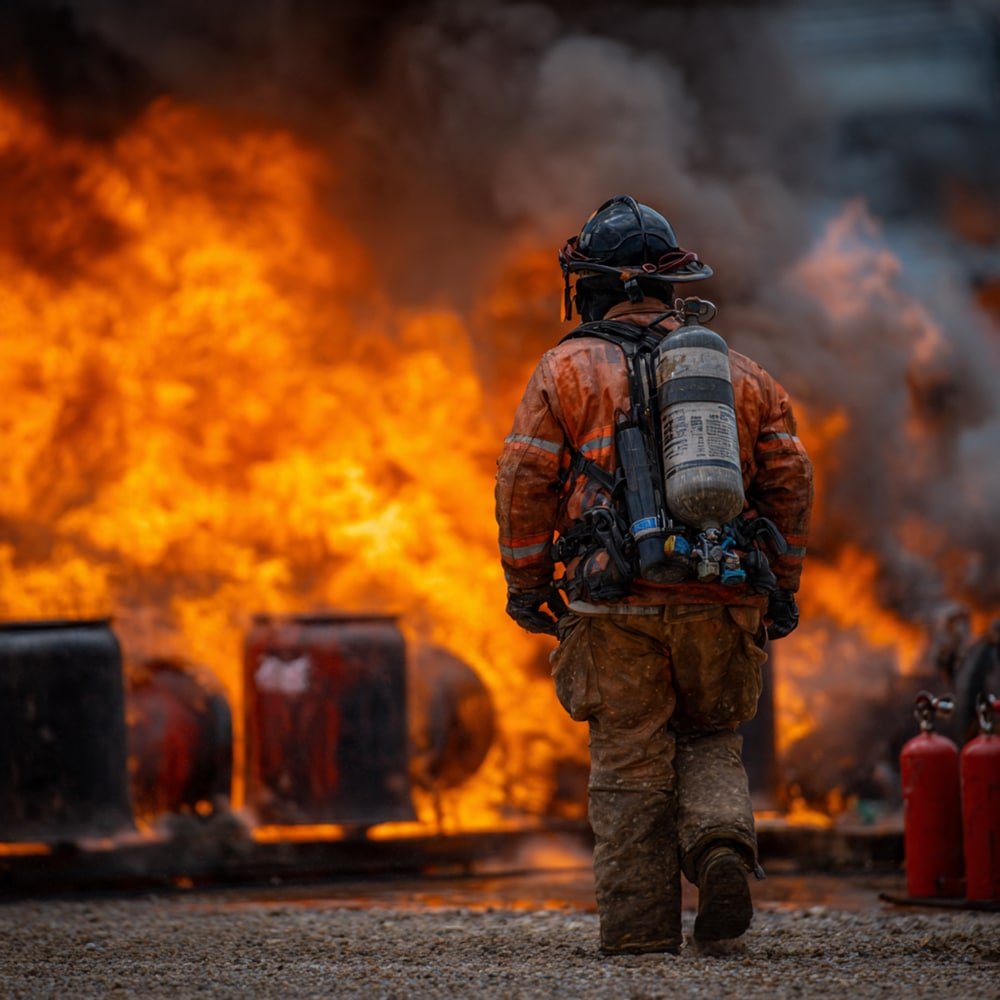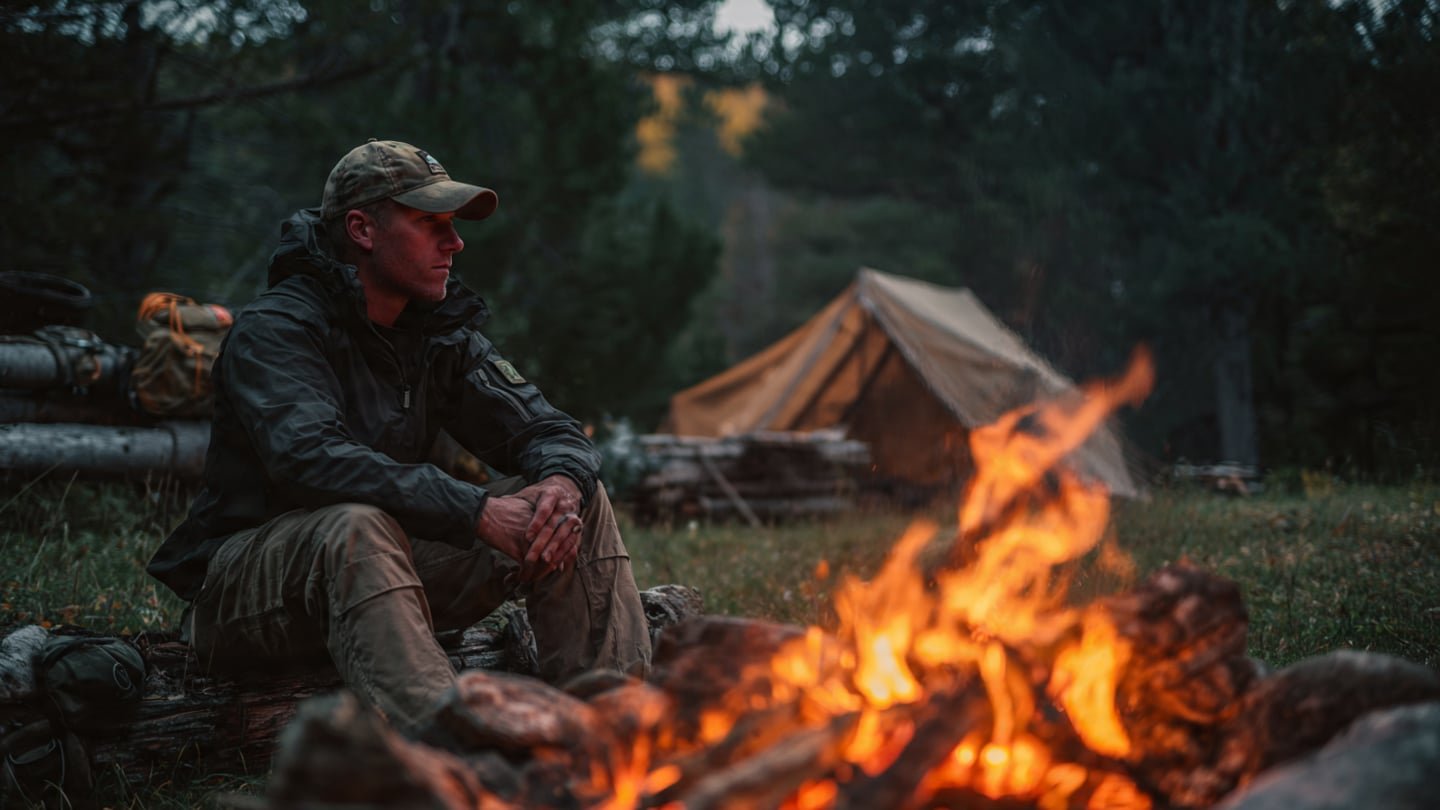Native American Day is held every fourth Friday of September in California and Nevada. In South Dakota, it is celebrates it every first Monday of October instead of Columbus Day. Tennessee observes American Indian Day every fourth Monday of September to honor our Native American brothers and sisters. That’s four states in all of the United States. You’d think they’d be celebrated more considering their many contributions to the world and to our country plus the fact that they were here first. Preppers, survivalists and even the military owe a great deal to them as plenty of Native American survival skills have stood the test of time and are still applicable today.
Truth be told, our ancestors don’t get the well-deserved respect from modern Americans. With all the things they’ve done throughout history, including the many Native American survival skills we still use today, they definitely deserve better.
Native American Survival Skills
Building A Fire
Fire has been an integral part of human survival since primitive times. Nowadays, we depend on matches, lighters and other fire starters to build fire. Without these things, we use some Native American survival skills to start a fire.
American Indians used a number of methods to get a fire going. One primitive fire starting method we learned from them is the bow drill. This is done by simply placing the end of one piece of wood in a socket on another piece. You have to spin the first piece until the friction creates a small coal, which, when blown, can turn into fire.
Native Americans also created fire was by striking a couple of Pyrite rocks together to create a spark, which would help start fire using tinder. Other fire-making ways we learned from American Indians are the use of fire rocks and hand drills.
Travelling Unnoticed
You thought ninjas were the only ones who could move from place to place without getting noticed? One of the most important Native American survival skills that you should be grateful for is how they traveled in near silence. This skill is vital in a survival situation in which you’re life is threatened by other beings, humans or otherwise.
There are actually at least a couple of Native American survival skills that are related to staying out of one’s radar. The first is the Fox Walk. For the Fox Walk to work, you need to wear shoes that aren’t too heavy. Moccasins and flexible ultralight running shoes come to mind. Going barefoot is even better.
The Fox Walk is done by bending the knees a bit to attain better stability. To take a step, lift one foot carefully while the knee on the other leg is still bent. Set the foot on the ground with the outer front part touching the surface first. Gently roll in so inner side of the front part of the foot silently touches the ground. Then slowly come down on your heel. Stay in the same steady position as you shift your weight to the other leg and move foot after foot. Of course, be wary of twigs or branches.
The other survival skill we learned from Native Americans is the use of thin foot covering that takes the form of our feet. As mentioned, moccasins and flexible shoes are examples of this skill we adopted for modern times.
Camouflage
One of the many Native American survival skills that have been adopted by the military is the use of camouflage. The American Indians had a knack for blending in with their surroundings. They covered themselves with body paint or adorned animal hides to conceal themselves while hunting for food. Some of the stuff they used for camouflage include mud, natural pigments, oil, and sap.
Hunting Using Traps
Native Americans didn’t go to grocery stores to buy their food, they had to hunt them. One way they fed themselves was by trapping animals. They used deadfalls and snares to catch their meals, which are some of the Native American survival skills that you should know how to do.
Blowguns
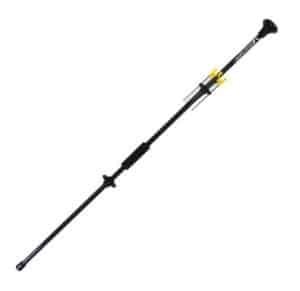
Aside from traps, Native Americans also used blowguns to catch animals for food. They also used them for protection.
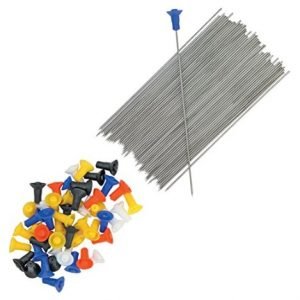
Blowguns were made with reed or cane. They were hollowed out until the hole is big enough for darts. The darts are propelled by simply blowing into the hole hard and sudden.
Meat Preservation
If you absolutely love beef jerky, you have our American Indian friends to thank for. Meat preservation is another of the many Native American survival skills that people have adopted in modern times. During the early days, American Indians didn’t have the luxury of having refrigerators so they resorted to preserving the meat.

Some common methods of meat preservation performed by American Indians include salting, pickling, drying, smoking, pemmican and wasna. Jerky is another way of preserving meat, which likely originated from the Peruvian Quechua tribe. The word “jerky,” in fact, came from the “ch’arki,” the Quechua tribe’s term for dried or burned meat.
Read Environment
Reading the environment is one of the Native American survival skills that people nowadays need to relearn. Do you know how to predict oncoming weather without asking Siri or checking a weather app?
Back then, American Indians only had to look at the sky and see the behavior of animals to know the weather forecast. This skill could prove useful if you’re in the wilderness.
Built Shelter

Shelter is one of the most basic needs of man to survive. Most Native American back then made teepees to protect them from the elements. The teepees are one of the precursors of today’s tents, a vital survival gear.
Medicinal Plants
In the early days, you didn’t go to a hospital or clinic to treat medical conditions. Most of them merely picked out something from their surrounding and made a medicine out of them.
Operate as A Group/Community
Perhaps one of the most impressive Native American survival skills that is common today is the need to build a community or at least establish a functional group. Native Americans formed tightly knit social groups and each member had their own roles or responsibilities.
You’ll notice in most disaster or zombie films, the focus is on at least one group of people and their struggles to survive. Look closely and you’ll see that each member of that group had roles to play. If one or more members do not perform their duties or contradict the rest of the group, then chaos ensues.
In real life, the chances of overcoming a dire situation are higher if everyone works together as one cohesive unit and operate within this community of sorts.
All these Native American survival skills are still of use today, particularly by survivalists, outdoor enthusiasts, and boy scouts.


















